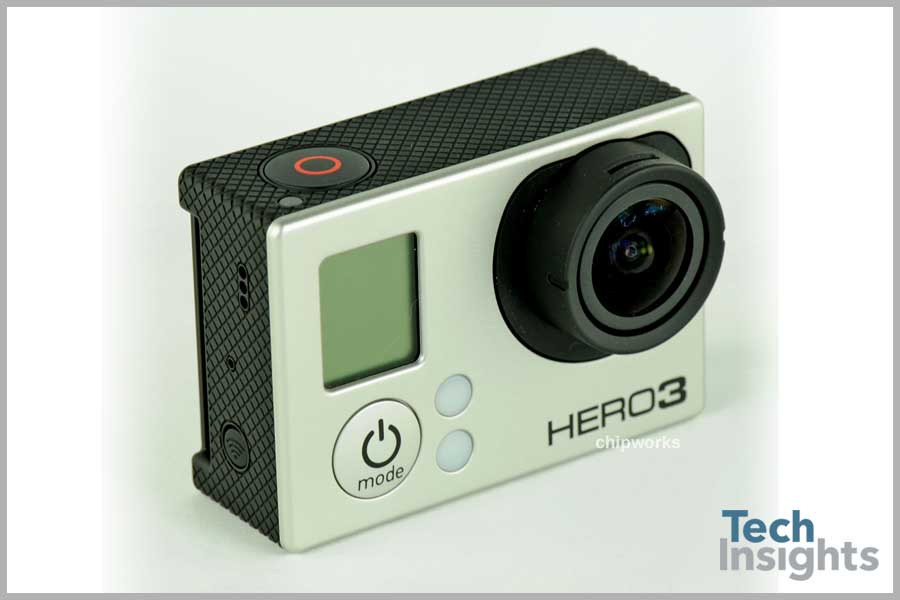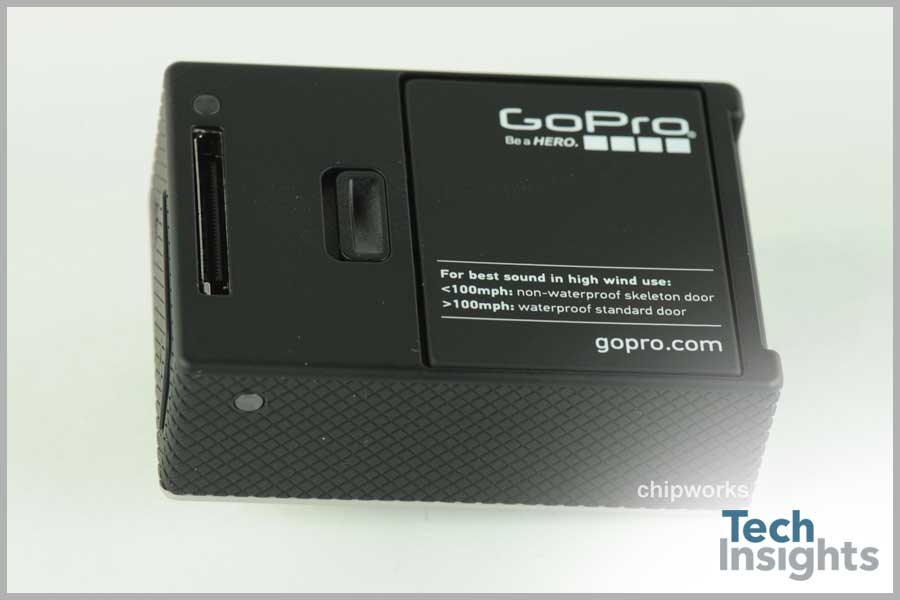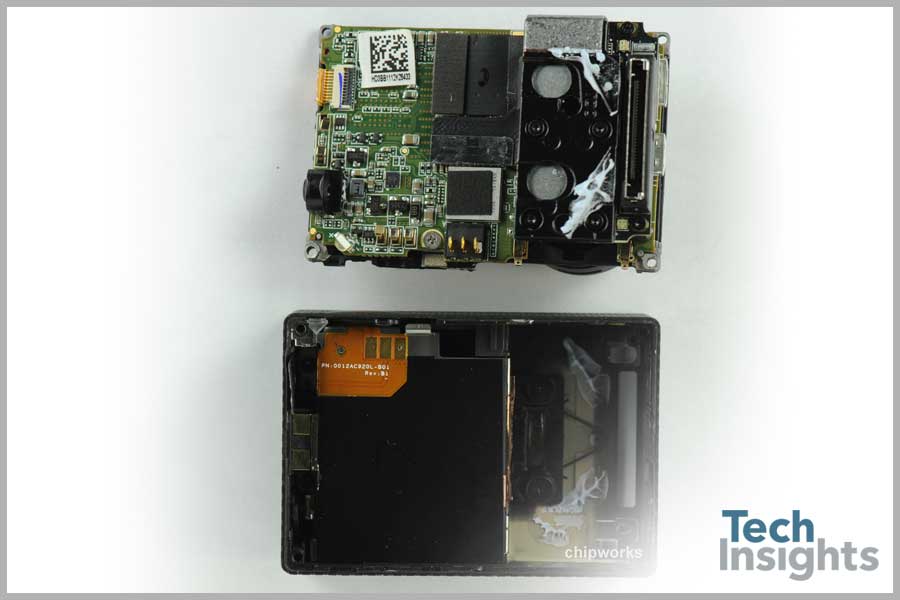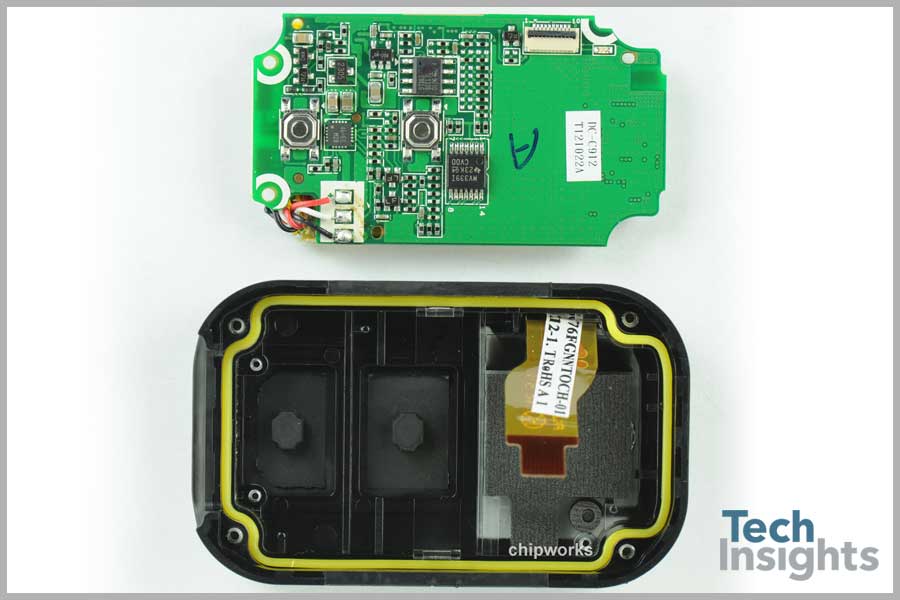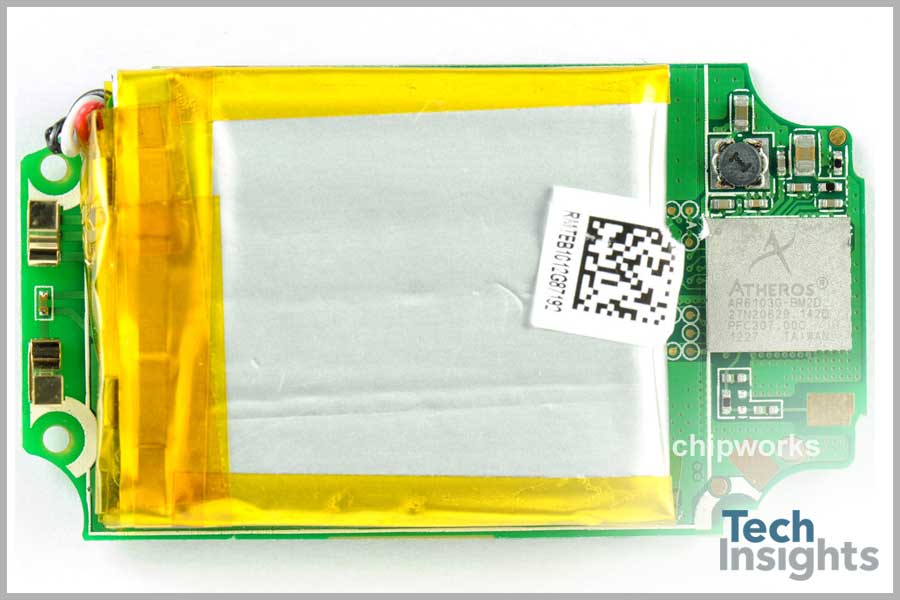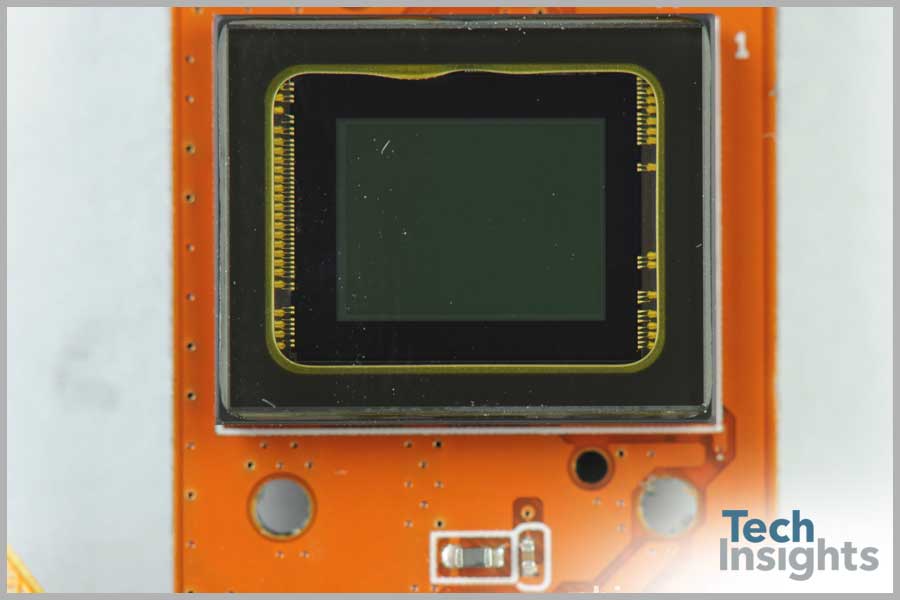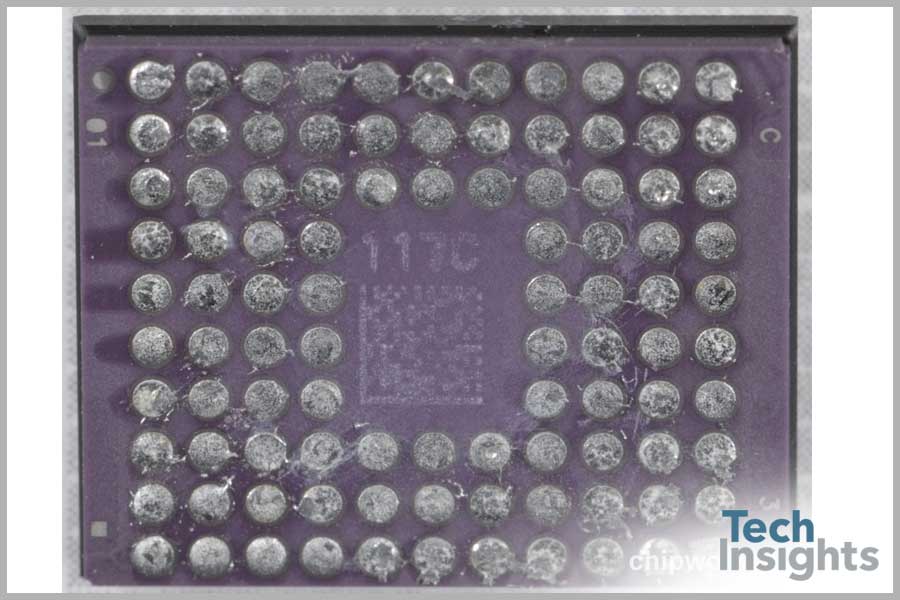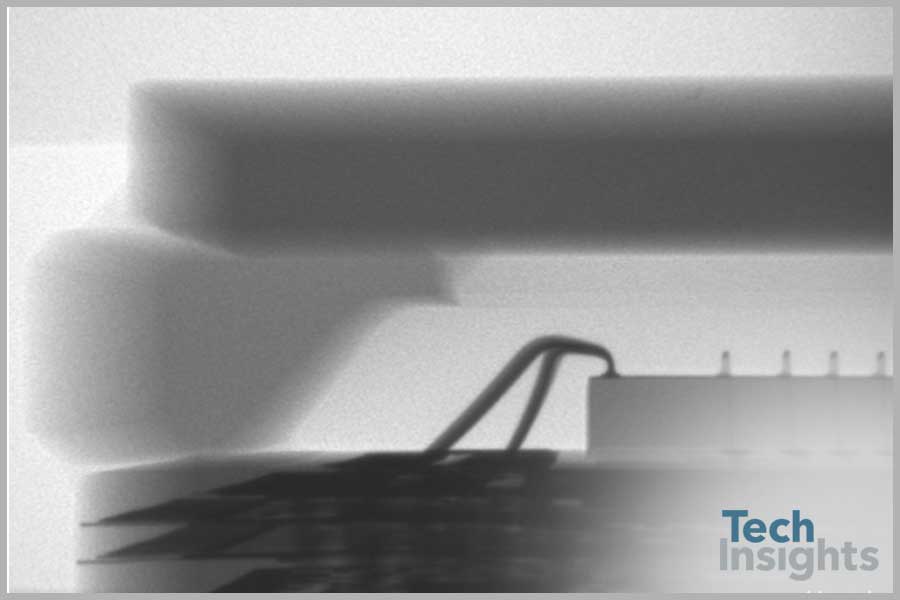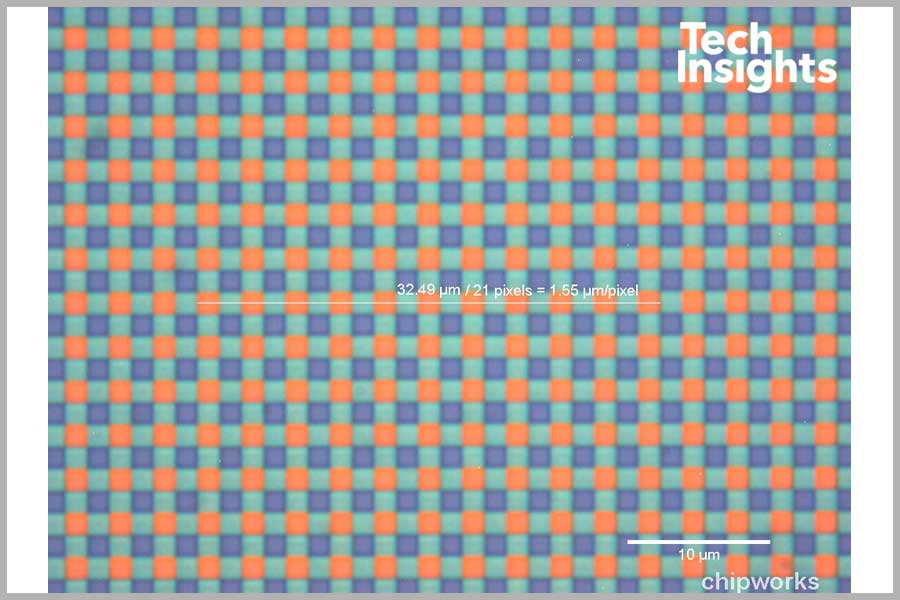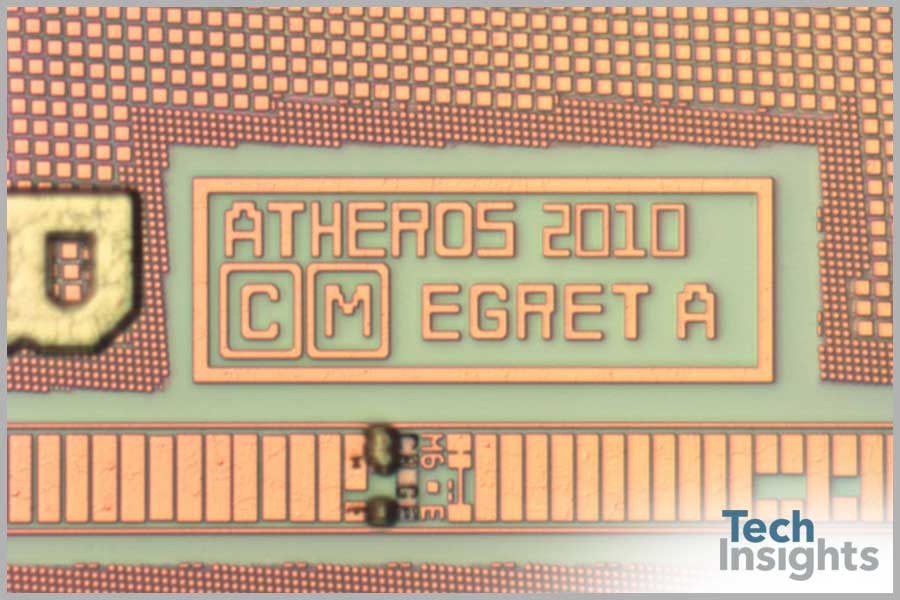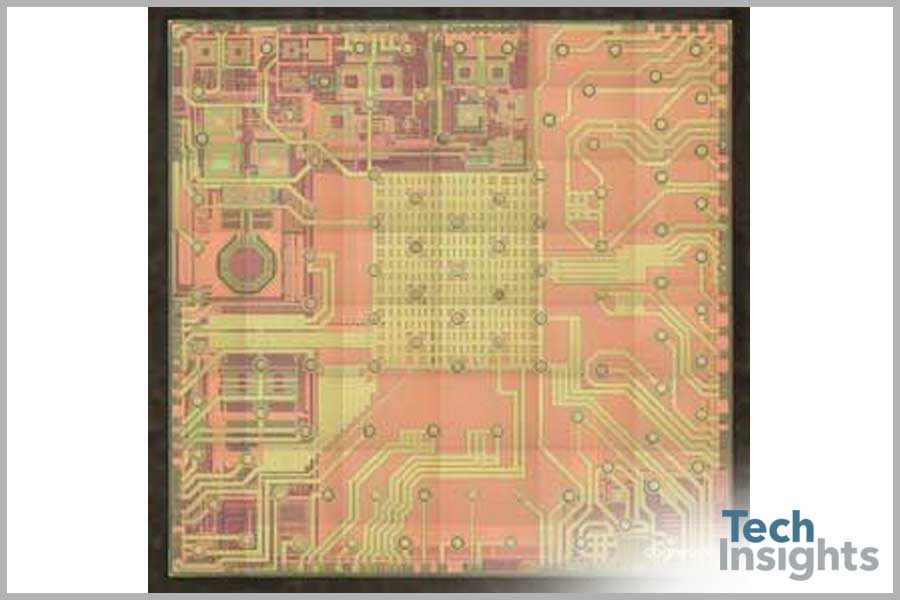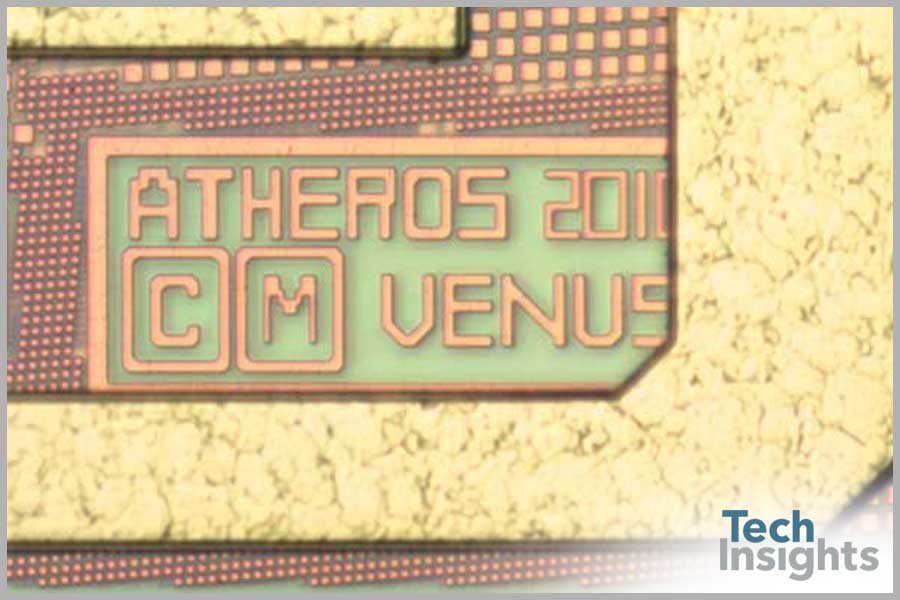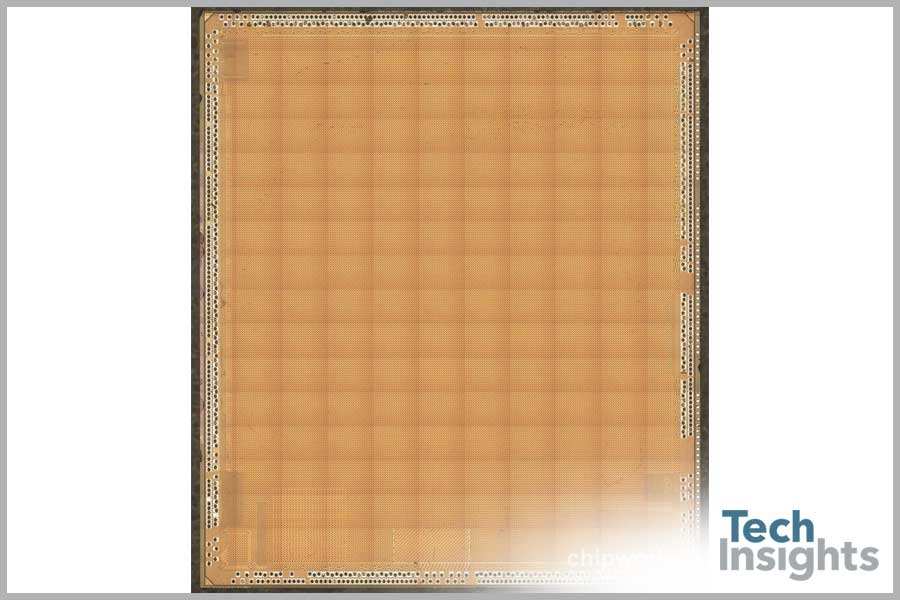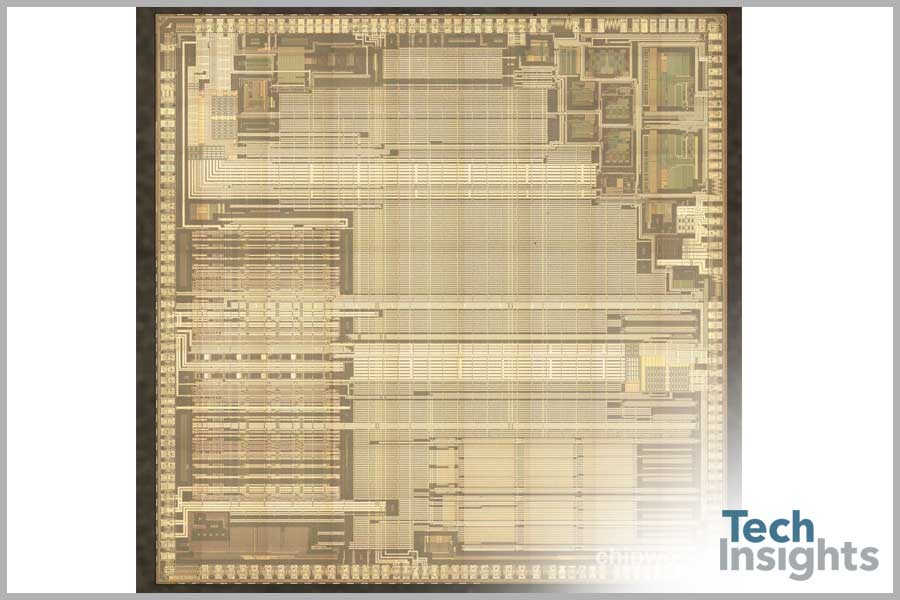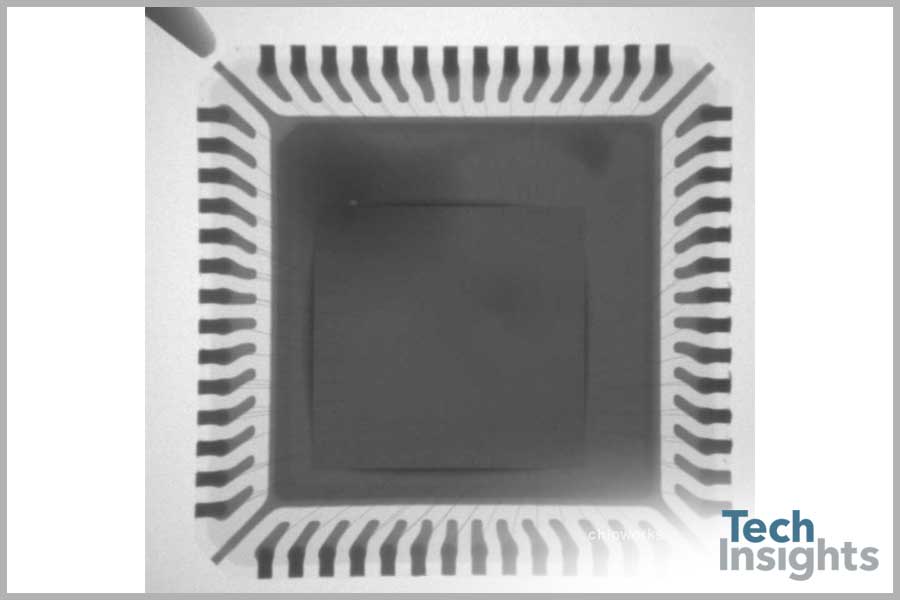Posted: January 22, 2013
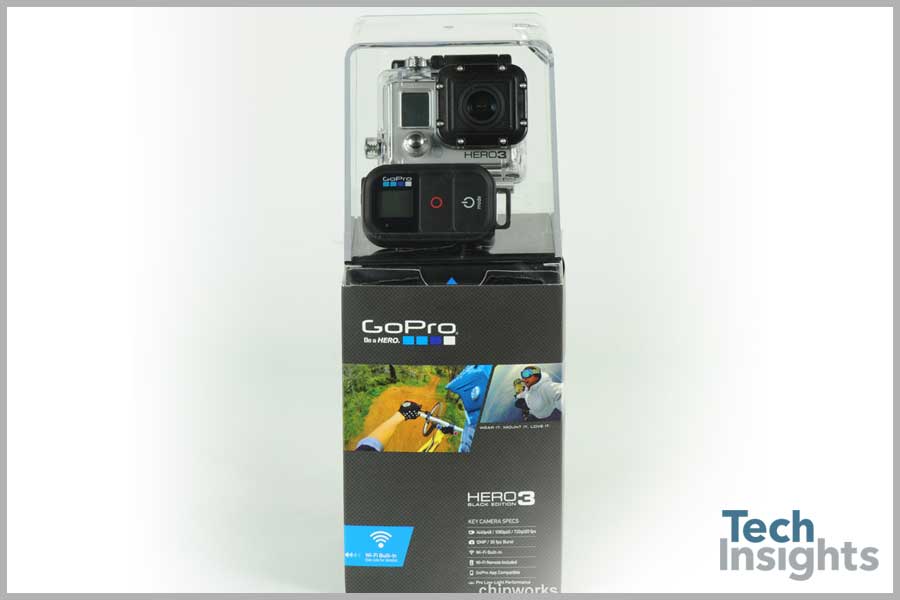
GoPro Hero3
GoPro Hero3
The Hero3 fills a profitable niche in a crowded imaging market where other devices, such as digital still cameras and video cameras, are losing market share. I think we would be safe to assume that the average enthusiast doesn't want to strap their iPhone to the nose of their model plane any more than somebody would strap their DSLR with a 34 lbs 500 mm Sigma lens to their ski helmet (yes – this is a real lens).
So their lunch won't be eaten by the other ends of the imaging market. Waterproof housings and surf board mounting systems aside, what makes this camera technically interesting? It turns out, a lot.
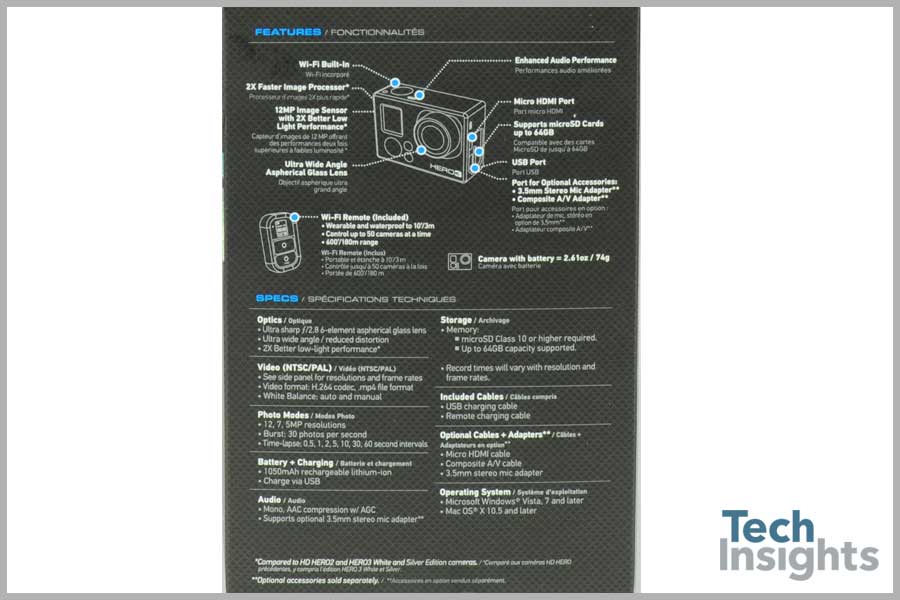
Technical Specifications
Technical Specifications
Niche gadgets get a bum wrap, mostly because most people buy cheap, low quality devices and expect them to deliver. Our experience with the GoPro was nothing but a premium one in terms of materials and build quality – and an attractive MSRP to boot.
The camera uses Wi-Fi for communication with other devices (like phones and PCs) and owners can download iOS and Android apps. Wi-Fi is a relatively high power way to communicate for a handheld device, but it makes sense when considering the benefits of transferring large video files "in the field." Notably, even with the available bandwidth, it has a fair bit of lag for real-time viewing on devices. Other specifications:
- 12 MP resolution
- Designed for recording audio in over 100 mph winds (sort of) with noise reduction in the audio chip
- Sensor-processor combination capable of 1010p-60; and can capture 12 MP still photos at up to 10 per second for short bursts
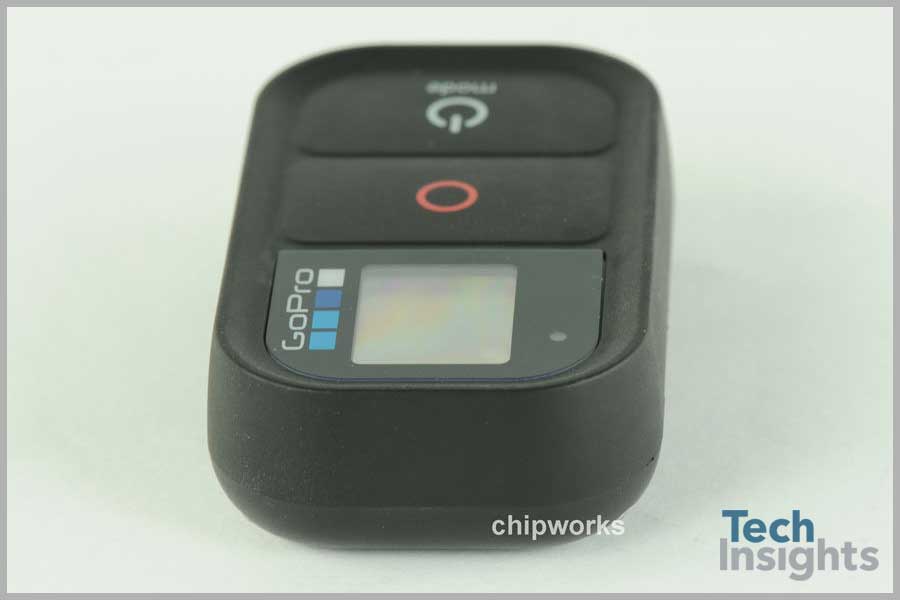
GoPro Hero3 Remote
Inside the Remote
The remote is purpose-designed to be rugged and usable with gloved hands. It isn't doing much, so there isn't too much to say about it. But it is Wi-Fi, which we assume is for longer range communication, that is interesting enough in and of itself. Wi-Fi is enabled by the Atheros AR6103.
According to their website, it is "Atheros’ third-generation Wi-Fi solution, featuring 802.11n for portable consumer electronics devices. Based on the game-changing AR6003 Wi-Fi chip, the AR6103 brings 802.11n throughput, range and power efficiency to portable CE devices..."
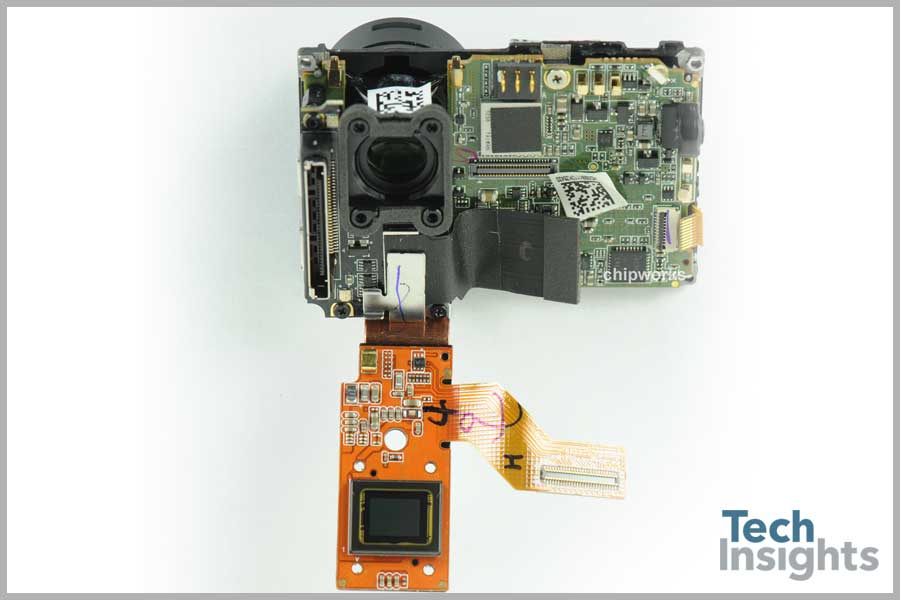
Chips Catalogued
Chips Catalogued
This is a whole bunch of goodness. I know it sounds like we are gushing, but we didn't expect this device to be quite so advanced. Texas Instruments and Qualcomm Atheros are the big winners here.
- ChipSip CT49248DD962D 1 Gb NAND flash + 4 Gb DDR3
- Freescale SCK20D Kinetis 50 MHz microcontroller
- Atheros AR6233G Wi-Fi Soc (802.11n + BT)
- Texas Instruments TLV320AI audio codec
- Texas Instruments SN74AVCT245 & SN74LVC1T45 transceivers
- Texas Instruments TS5A23159 power switch
- Texas Instruments SN74CB3Q325 MUX device
- Texas Instruments LMV339L amplifier
- Ambarella A7 single chip H.264 codec with Samsung S4LL011X01 die markings
- Austria Microsystems AS3711 System PMU with charger and back light driver
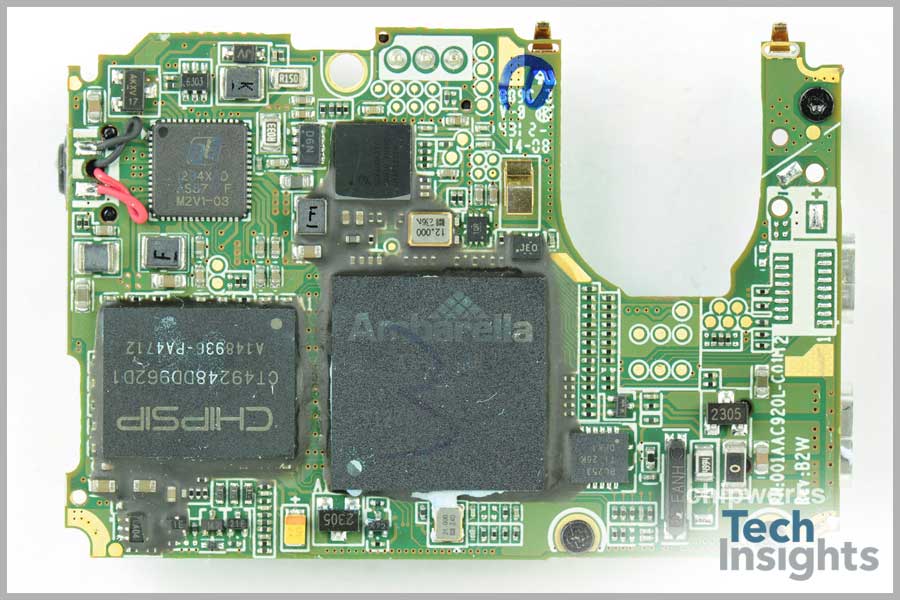
GoPro Hero3 Board
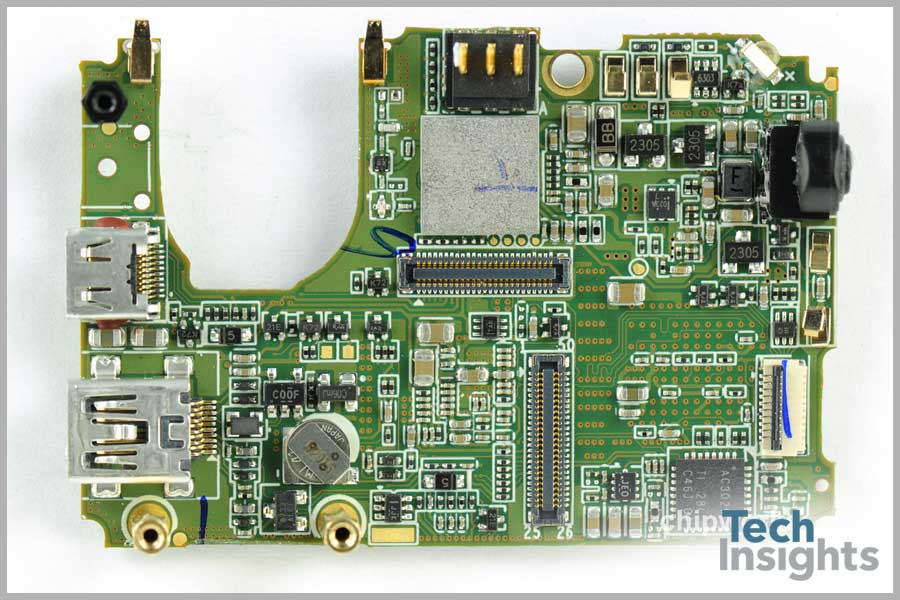
GoPro Hero3 Board
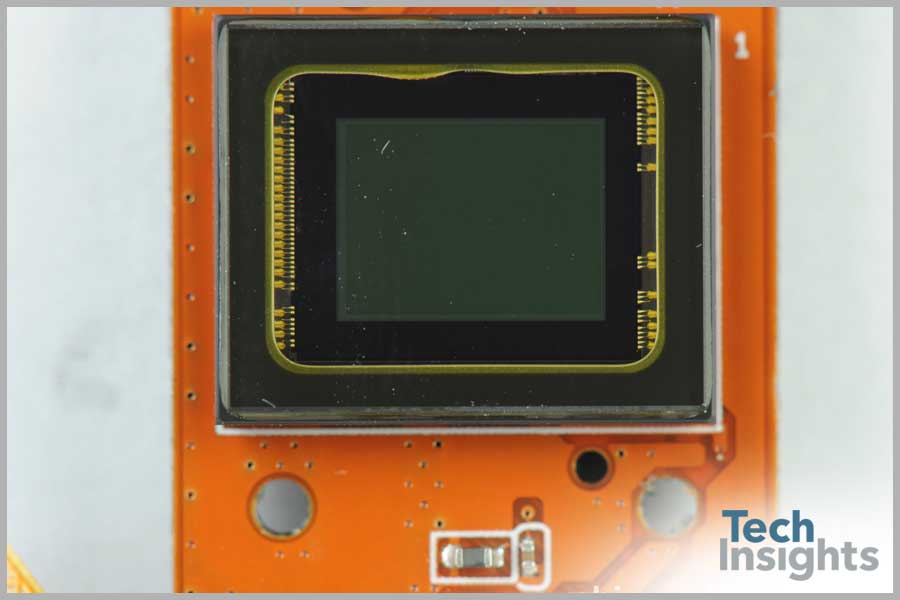
Sony IMX117
A Closer Look at the Sony IMX117
Sony is a leader in the image sensor space, and here we have the Sony IMX117. This state-of-the-art Exmor-R sensor from Sony features a 1.55 µm back illuminated design on a ceramic substrate. The sensor supports 12 Mp imaging at up to an impressive 35 fps (though the camera advertises a burst rate of 30 fps).
We are showing an X-ray of the module and pixel pitch confirmation.
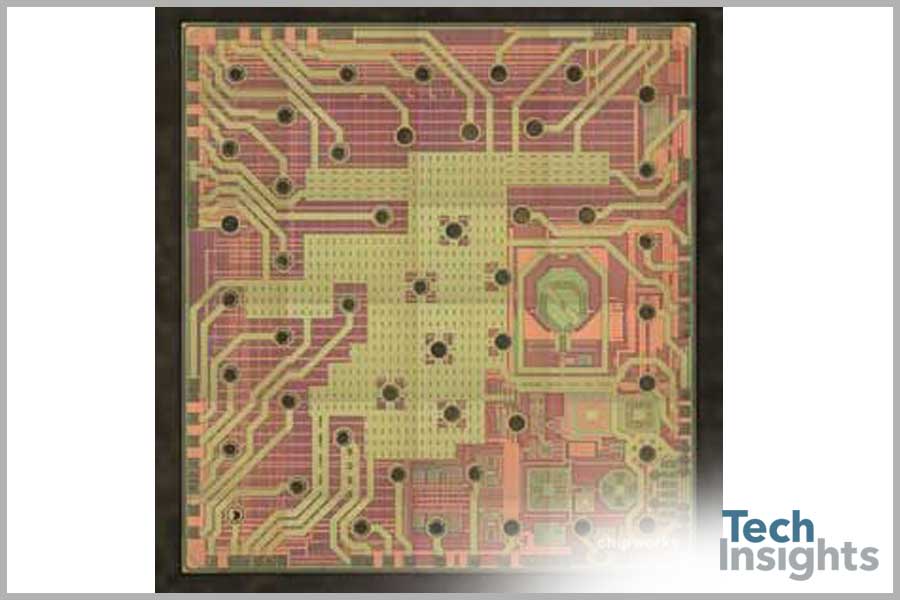
Inside GoPro Hero3
A Closer Look at Some of the Other Chips
First, the Qualcomm Atheros AR6233 802.11n Bluetooth combo. (sorry, low res only here).
Inside, we find two dies. The first with markings EGRET (2.42 mm x 2.54 mm) and the second VENUS (3.55 mm x 3.5 mm).
We are also showing the Ambarella A7-B0-RH single chip H.264 codec chip. This device is fabricated in a Samsung 45 nm LP process with an ARM11 core, and is capable of supporting 32 bit DDR3 DRAM.
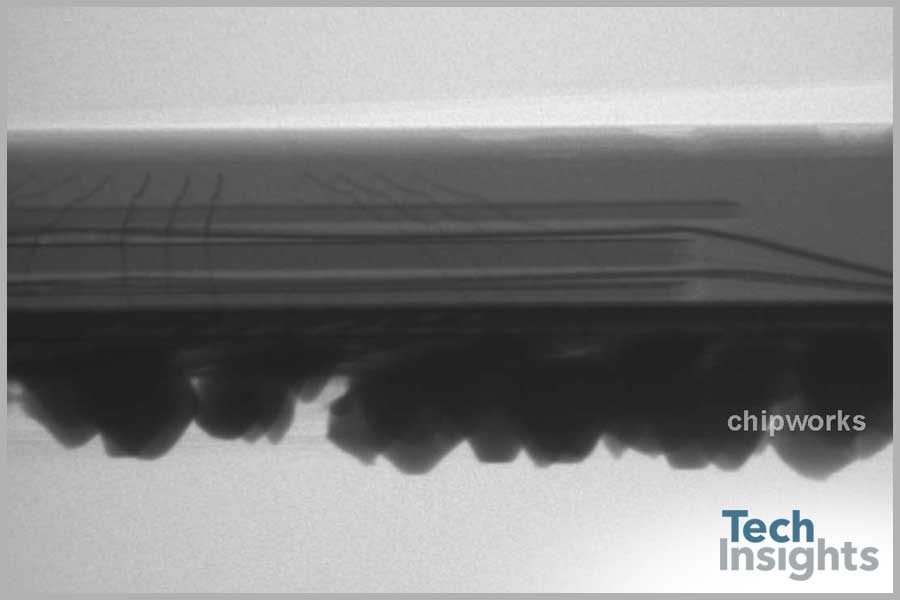
Inside GoPro Hero3
A Closer Look at Some of the Other Chips (cont.)
The memory is courtesy of ChipSip, a specialty memory module manufacturer that uses advanced packaging in the form of unique wire bonding to deliver a low profile device (first X-ray image). This device contains NAND flash and DDR3 DRAM.
The Freescale K20 MCU die, plus markings (second and third images).
The Austria MicroSystems PMU die is quite a bit smaller than the 7 mm x 7 mm QFN56 package. For this teardown, we haven't looked at the competition, but if AMS has a smaller die, they may have a cost advantage (fourth image).





